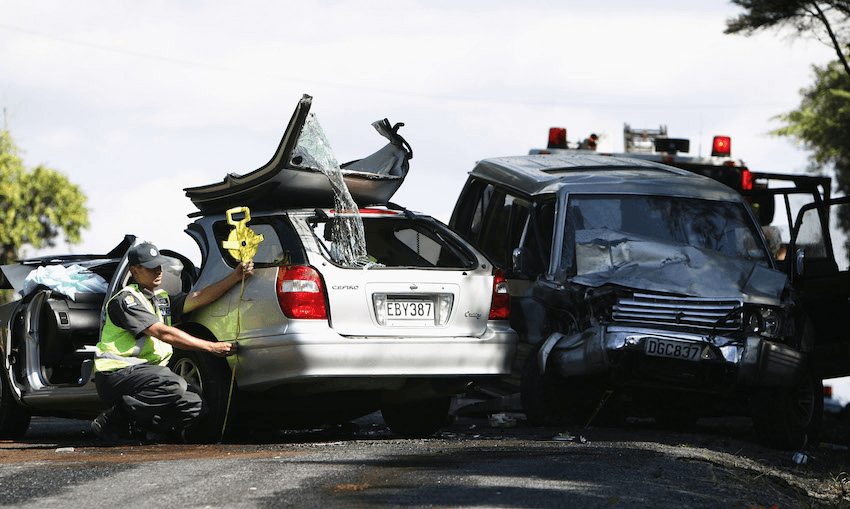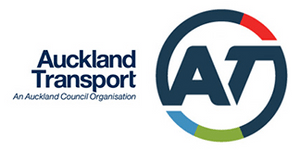We must do everything we can to stop people dying on our roads, writes Shane Ellison CE at Auckland Transport. And that starts by reducing speed.
A few people have asked me, since we opened our consultation on the draft Speed Limit Bylaw, if 64 people dying on our roads in 2017 is enough to justify lowering speeds. How many deaths do you think would be enough? Maybe 100?
In the same year 749 Aucklanders were seriously injured on our roads. Seven hundred and forty-nine people living with long recoveries and significantly changed lives. Is that enough to consider lowering speeds?
It troubles me that some Aucklanders think this loss is an acceptable price to pay. Perhaps they would not feel that way if it had happened to their family member or a close friend.
For me, 64 deaths and 749 serious injuries in only one year are more than enough for us to rethink how our roads are being used. This is more than a 70% increase in deaths and serious injuries over the three years since 2014.
It would be unconscionable to sit idly while this continued. Our Speed Limit Bylaw is one step, among many, that we can take to reduce this horrendous record of road trauma. We won’t apologise for wanting to make our streets healthy and safe.
We’re not reducing speeds everywhere. Nearly 760km, or about 10% of Auckland’s roads, are included in this proposal. We’re targeting mainly rural roads, where speeds generally will reduce from 100km/h to 80km/h or 60km/h. Why? The data tells us that sadly, too many people in cars are dying or being seriously injured in places like Rodney and Franklin.
Only 72km of a small number of town centres are proposed to get a 30km/h treatment, and we’re talking about areas with lots of people walking and cycling. Protecting those sharing the road corridor with vehicles and caring for all road users, including our children and older people, is at the heart of our new bylaw.
The international evidence that proves 30km/h speed limits are appropriate in busy urban areas is extensive. It has the backing of the United Nations and the World Health Organisation. It’s worked in other cities internationally and it’s already proven to work here in Auckland on small sections of our network such as Queen Street in the city centre.
Journey times will not be significantly added to – we’re talking about mere seconds per kilometre. A small price to pay if it saves a life.
Changing speed limits won’t prevent every crash, but it will make the highest-risk parts of our network more forgiving. We want people to come away from a crash with their lives.
Aucklanders and visitors to our region deserve to be able to move around their city without the risk of dying. AT is at the beginning of a journey to address the awful situation on our roads and we need your feedback.
This content was created in paid partnership with Auckland Transport. Learn more about our partnerships here.

